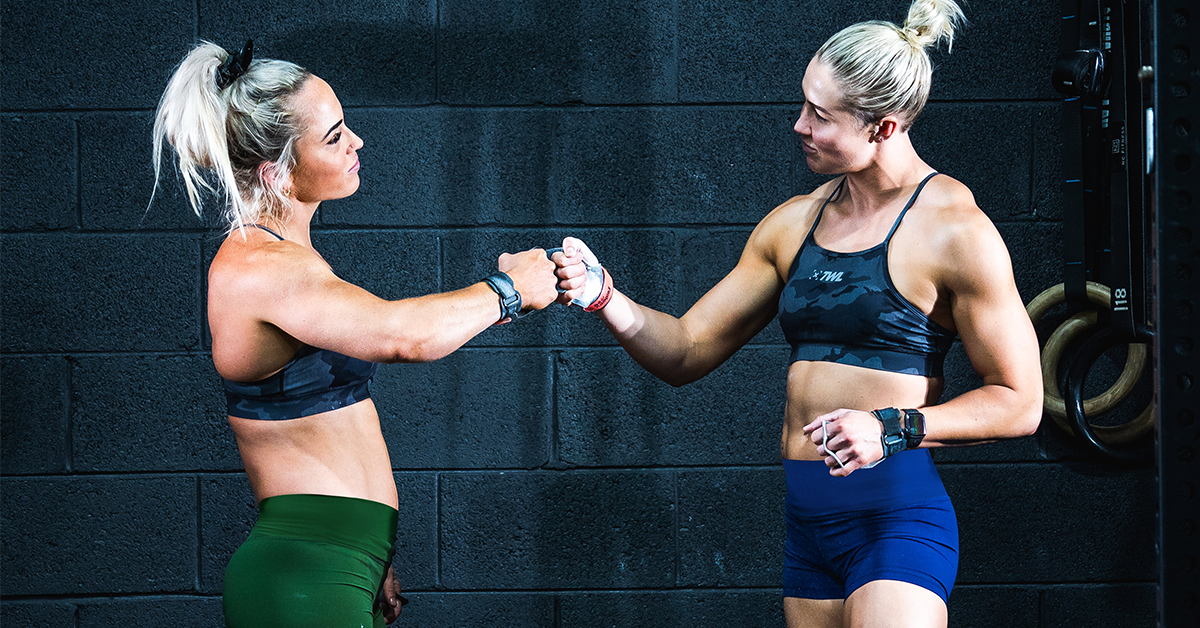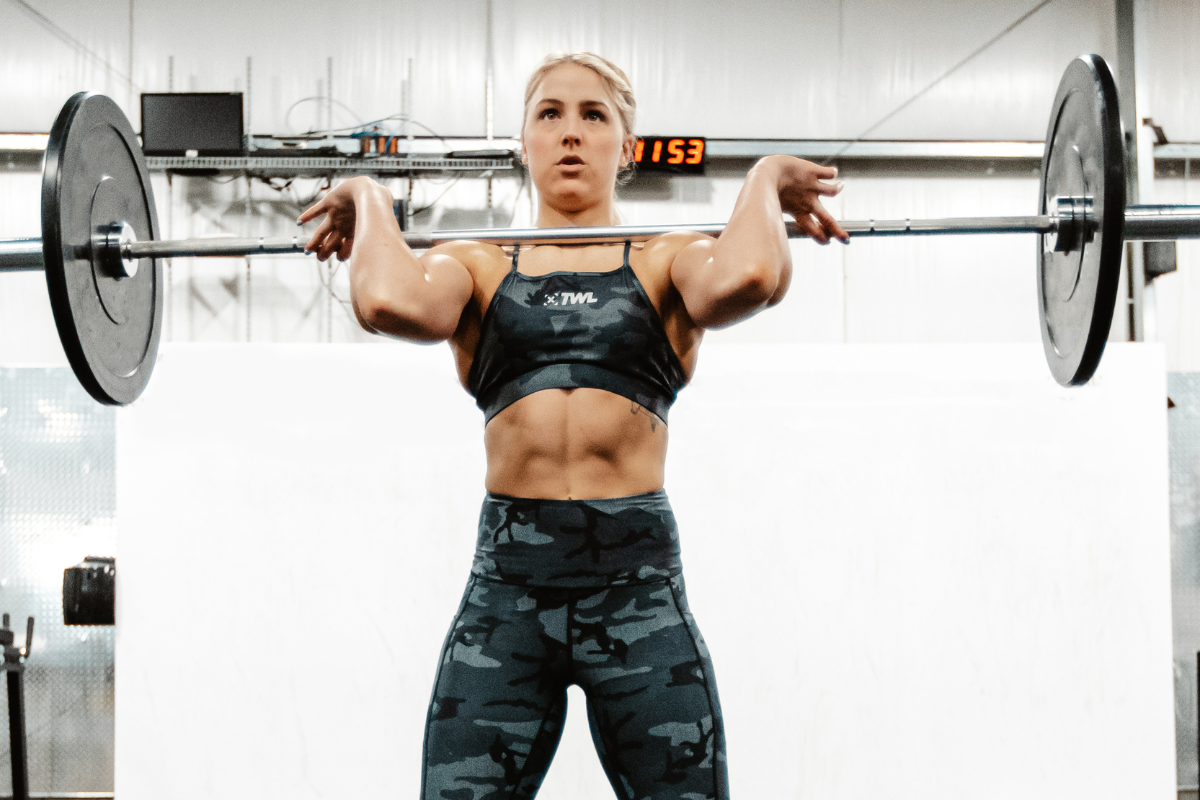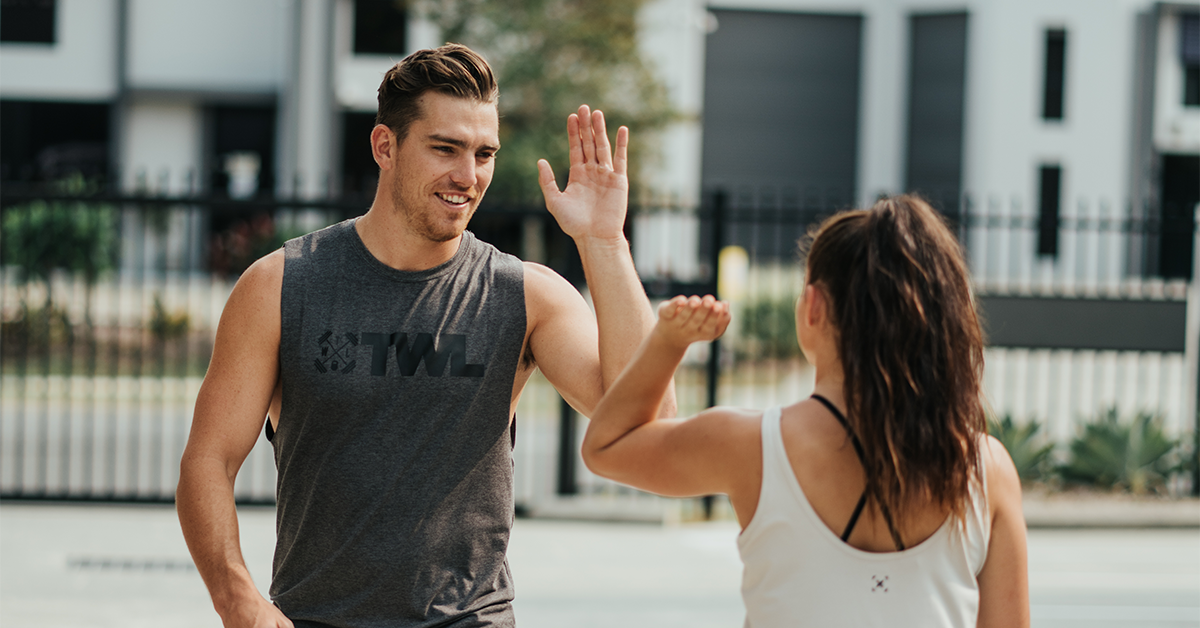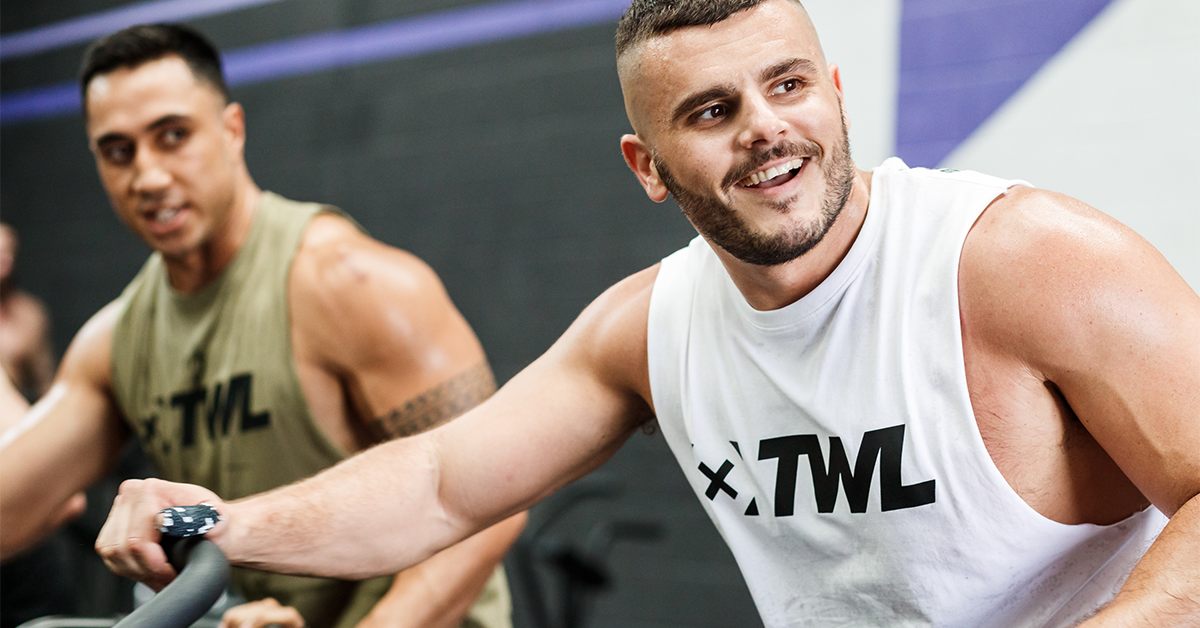The announcement that all gyms in Australia are to remain closed has rocked our community. And whether we like it or not, we have to adapt.
Fortunately, if there’s one thing functional fitness athletes are good at, it’s getting comfortable with the uncomfortable. To get you through this challenging time, we’re going to offer our best tips for how you can train at home depending on the equipment you have available to you (or don’t).
Let’s start with what might seem to be the most challenging at all.
How to Train at Home With No Equipment
1. Combine Strength + Cardio + Explosiveness
Without always realizing it, our gym workouts tax us in more ways than one. Yes, we gain strength by doing heavy cleans. But they also make your heart rate spike and force you to be explosive.
And it’s that same logic that applies to nearly everything we do in the gym.
So, in order to transition to training at home when you have no equipment, make a point of including elements of strength, cardio, and explosiveness. Hitting all three of these will ensure you stay fit and healthy even when you can’t hit the local box.
https://www.instagram.com/p/B-BccayoqId/
Here are some ideas to get you started.
Strength
- Air squats
- Push-ups
- Sit-ups
- Tricep dips
- Planks
- Lunges
- Wall walks
- Handstand holds
- Inchworms
Cardio
- Running
- Sprinting
- Burpees
- Jumping jacks
- Mountain climbers
- Side shuffles
- Stair climbs
Explosiveness
- Burpees
- Jumping squats
- Jumping lunges
- “Box” jumps (if you have something stable to jump on)
- Sprinting
- Tuck jumps
Psst! Noticing a pattern? Jumping is great for rehearsing explosiveness.
https://www.instagram.com/p/B-Dgpg3oMgj/
Pick one or more movement from each of these to make your workout. Here’s one example.
10-minute AMRAP
- 10 air squats
- 12 burpees
- 5 knee tucks
2. Find Opportunities to Scale — They’re Everywhere
Some athletes mistakenly think that you can’t truly get a good sweat sesh in without equipment. Not so!
It’s all about finding other ways to increase the challenge — and there are many. The three most common and straightforward?
- Increase the duration. Instead of the 10-minute AMRAP we gave you, do it for 15 or 20.
- Increase the reps. Do 20 air squats instead of 10, etc.
- Slow down the movement. Even a simple air squat instantly becomes harder by counting to five on the way down and five on the way up. You can even throw in a pause at parallel.
But it doesn’t end there. Additionally, consider these options:
Push-ups
Scale up by elevating your feet on a piece of furniture. (Scale down by elevating your hands.)
Planks
Scale up by lifting one foot off the ground, one hand, or both (opposite leg, opposite hand).
Running in Place
Pick your knees up as high as you can.
Burpees
Instead of hitting chest to floor, stop at the top of your push-up position and performing one rep (or more!) before jumping up again.
Lunges
Twist your torso toward the leg that’s lunging forward to engage your core a little bit extra.
These are but a few examples, but the takeaway is this: Every single exercise can be made more challenging with even a slight adjustment.
https://www.instagram.com/p/B9Co6FKnBzW/
3. Remember: You Can Find Weights Outside of the Gym
Dumbbells and barbells aren’t the only weights. Look around your home — what do you see? Anything heavy-ish?
Maybe you get your water from one of those five-gallon jugs. Heck, a one-gallon jug can even be a weight.
What about stacks of books? Pieces of furniture? Bags of soil, rocks, or sand from the yard?
Everyone’s situation will be different, and it’ll require you to get creative. But take the time to really survey your surroundings and we bet you’ll find at least one thing that you can substitute in as a weight.
Don’t forget that TWL is still shipping throughout Australia and internationally. We’re here for you. Need help setting things up at home? The WOD Life can help.
Be sure to register for our home WOD online competition.

















